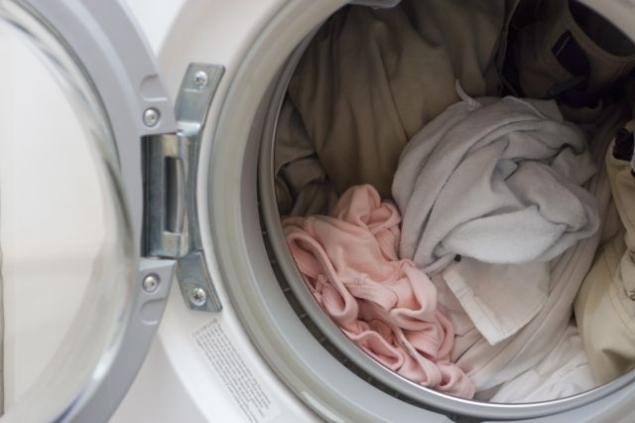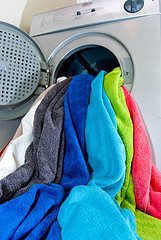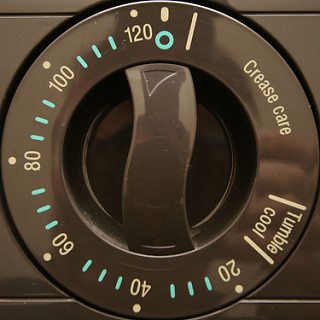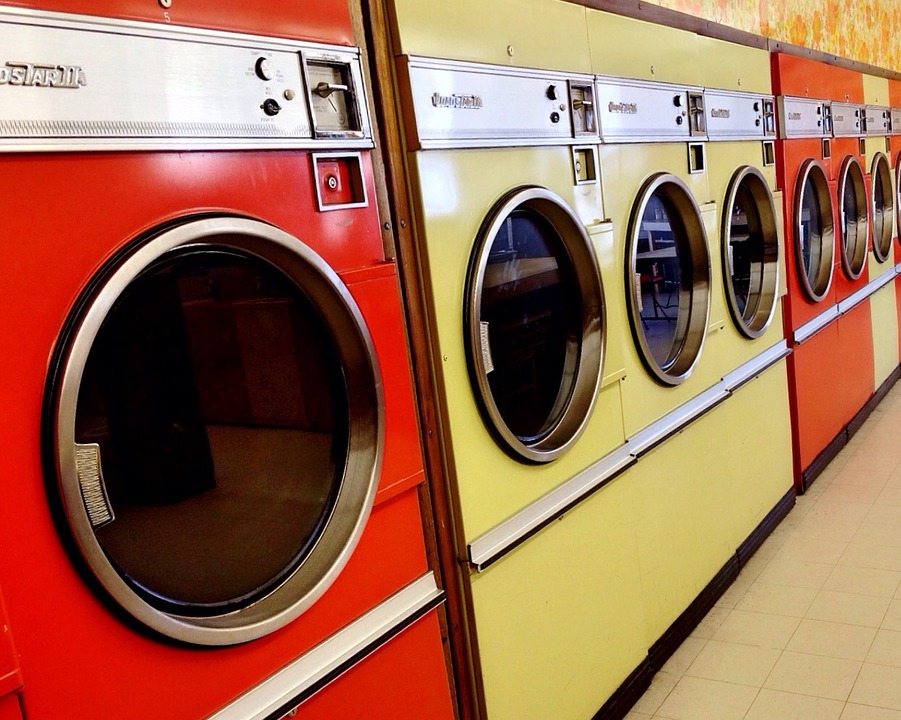Common Tumble Dryer Problems & Solutions
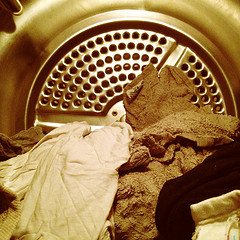
Your tumble dryer is among the most essential of your daily-use appliances. If you are someone who uses their tumble dryer every day, here is the list of common tumble dryer failures you could face and tips for checks you can carry out:
-
- The tumble dryer does not heat: Whether you own an electric or a gas tumble dryer, the first checkpoint is the laundry load. Excessive clothing will prevent the dryer from heating effectively. Secondly, ensure that no one has opened the tumble dryer mid-way into the cycle. If all seems okay, attempt to re-set the appliance. Most tumble dryers have a red reset button located either at the back of the appliance or inside the appliance. Press the button until it makes a ‘click’ sound and then restart the tumble dryer. If the tumble dryer does not resume working properly, there could be some other reason; a faulty part for instance. Read our guide to ‘Reasons Why Your Tumble Dryer May Not be Heating’ for more information on how to handle this problem.
- The tumble dryer is not spinning: What good is a tumble dryer that does not tumble! The most likely cause for this is a drive belt that has snapped or is loose. An unusual ‘running-but-stuck’ sound and a drum that turns easily without any resistance when turned by hand, indicates a drive belt problem. If the power lights on the tumble dryer are on, there could also be a problem with the appliance motor or the starting capacitor. Read our blog ‘4 Possible Reasons Why Your Tumble Dryer is Not Spinning’ for more information.
- The tumble dryer becomes very noisy: While trying to dry your clothes, you notice a loud screeching sound. The common reasons for this sound could be faulty drum bearings, worn out motor bearings, or wear to the tension pulley wheels. Call your local repair person to replace these faulty parts.
- The tumble dryer does not start: If the tumbler dryer is not starting, do a quick check to answer these questions:
- Is the power source working properly? Check the wiring and the plug.
- Is the door of the tumble dryer closing completely? If not then there may be a problem with the door switch.
- Is the timer switch faulty? Reset the timer and try again. If the problem persists, you will need to replace the part.
Given the typical English weather, having the tumble dryer malfunction can really upset your daily routine, and worse still lead to a huge pile of laundry at home, making it essential to resolve this quickly.
Please remember:
Appliances should be serviced regularly according to the manufacturer’s instructions – found in the product manual. If you have a problem with an appliance, call in a NICEIC or Gas-Safe registered appliance engineer to repair your appliance. Don’t forget that if your appliance is not working optimally, you should also have it serviced to prevent causing damage to the appliance.
Does your tumbler dryer smell mouldy? Read our guide to ‘6 Easy Fixes For Mould-Free Tumble Dryers’

